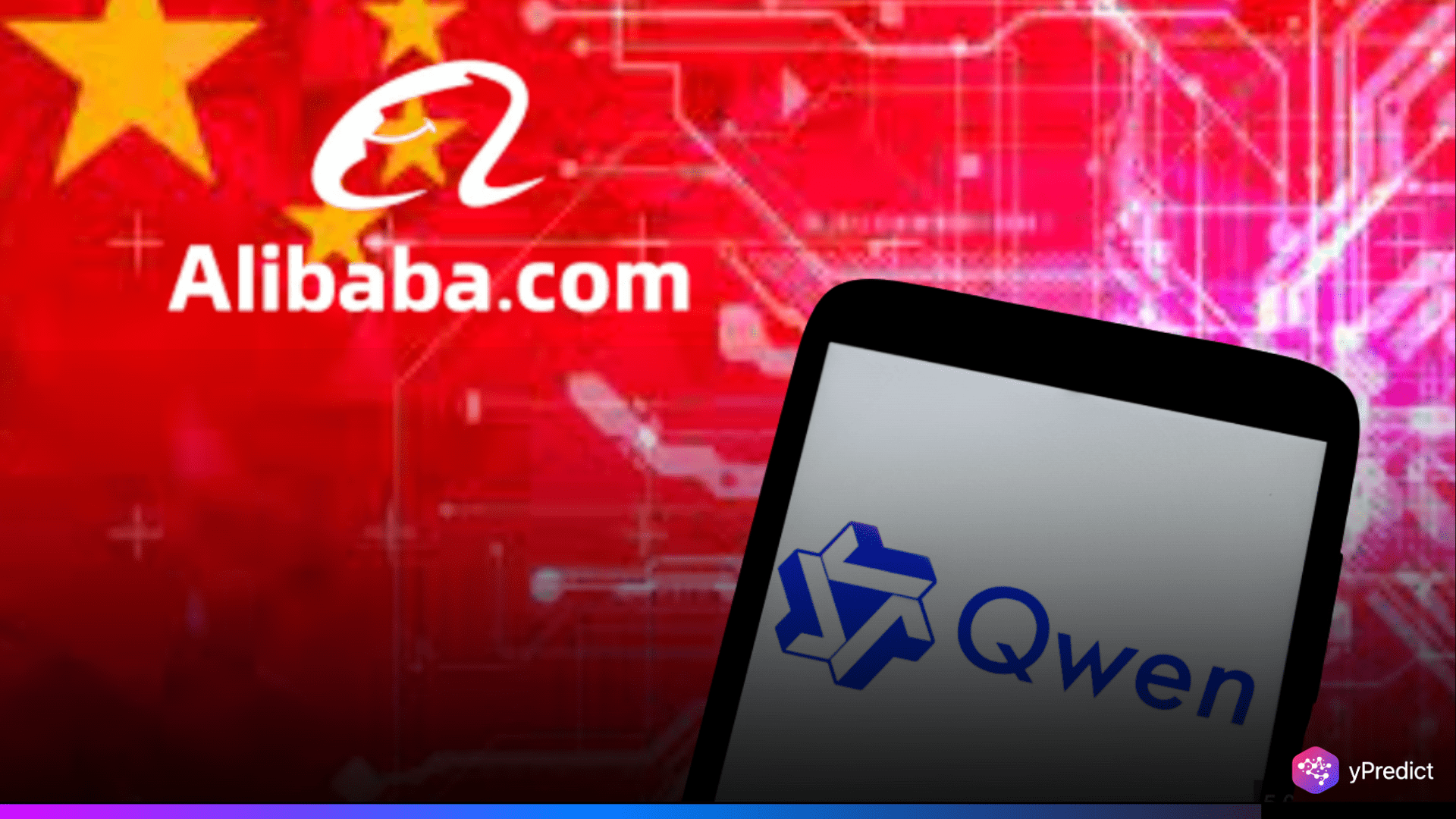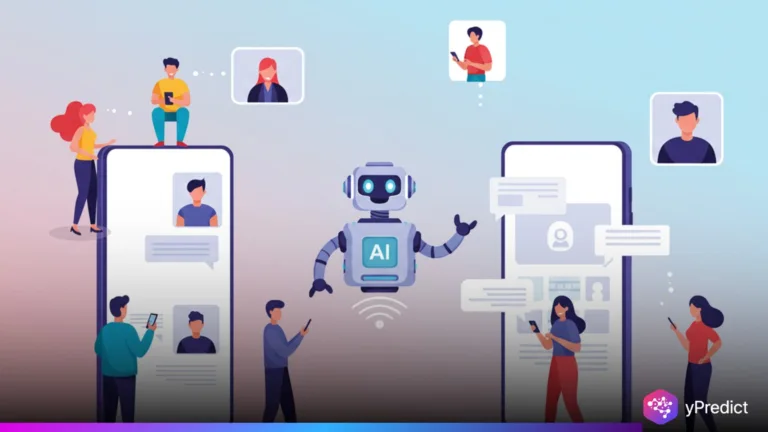
Alibaba Group has made a strong move to re-establish its position in China’s fast-evolving artificial intelligence landscape by introducing the Qwen3 series, its latest set of open-source AI models. The Qwen3 family, which was unveiled on April 28, includes scalable “hybrid reasoning” capabilities and an open-source deployment approach, demonstrating Alibaba’s ambition to increase AI accessibility while improving model efficiency and logic performance.
Strategic Shift in China’s AI Development
According to Reuters, Alibaba Group, on Tuesday, released the third version of its Qwen AI models in a bid to strengthen its footing in China’s competitive AI business. The new series of Qwen3 comprises eight open-source models with parameters of between 600 million and 235 billion, with faster processing, multilingual support, and greater reasoning capability.
These models were designed by Alibaba Cloud and tuned for various applications, such as text creation, coding, complex reasoning, and math problem-solving. The company’s benchmark scores show the market-leading models, Qwen3-235B and Qwen3-4B, are on par with similar systems from top global players like OpenAI, Google, and the Chinese company DeepSeek.
The official blog post of Qwen Ai mentions that,
Our flagship model, Qwen3-235B-A22B, achieves competitive results in benchmark evaluations of coding, math, general capabilities, etc., when compared to other top-tier models such as DeepSeek-R1, o1, o3-mini, Grok-3, and Gemini-2.5-Pro. Additionally, the small MoE model, Qwen3-30B-A3B, outcompetes QwQ-32B with 10 times of activated parameters, and even a tiny model like Qwen3-4B can rival the performance of Qwen2.5-72B-Instruct.
The launch comes as China’s AI industry has witnessed a surge in innovation, with firms such as Baidu and DeepSeek accelerating research to compete on the global stage. Baidu recently launched its Ernie 4.5 Turbo and Ernie X1 Turbo, both capable of processing intricate thinking, showing the huge development in AI in the region.
Alibaba’s newest models are already incorporated into its cloud platform so enterprises can tailor them for particular sector needs. This type of flexibility gives Alibaba a strategic edge when it is working to build its enterprise AI capabilities.
Scaling Performance and Accessibility
The Qwen 3 family has four entry-level models—Qwen-3, Qwen-3-Chat, Qwen-3-MoE-A2, and Qwen-3-MoE-A2-Chat—and a few small variations designed mainly for edge computing. The top-of-the-line model, Qwen-3-MoE-A2, employs a smart mixture-of-experts (MoE) design to judiciously activate 16 of 128 expert networks per task, which translates to better performance without breaking the bank.
The Fortune reports that,
The Qwen3 series includes two so-called mixture-of-experts (MoE) models that are trying to match hybrid reasoning systems—which mimic the way humans think through problems—recently introduced by Anthropic and Alphabet Inc.’s Google.
In contrast to earlier versions, which were designed for general-purpose text creation, Qwen3 provides enhanced structured reasoning functionality. This makes it suitable for complex domains such as computer programming, numerical computation, and logic-based business applications.
Alibaba’s Qwen3 models support 119 languages and were trained on more than 36 trillion tokens which amounts to about equal to 27 trillion words, from a mix of textbooks, Q&A pairs, code, and AI-generated content.
Conclusion
Alibaba’s latest launch is more than a technological upgrade; it’s a strategic counter-attack on upstart models like DeepSeek R1, which made headlines early in 2024 for its GPT-4-class performance at significantly lower cost of operations. DeepSeek has since been backed by venture capital and is now piloting services in fintech, healthcare, and education.
Baidu’s Ernie 4.5 Turbo and Tencent’s proprietary models indicate China’s efforts to lessen dependency on US technology such as GPT-4 and Gemini. Alibaba Cloud CTO Zhou Jingren stressed the importance of Qwen3 in powering AI-driven solutions such as automated customer support and smart supply chains.






